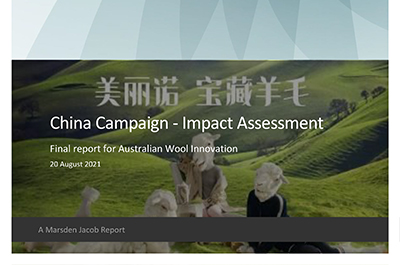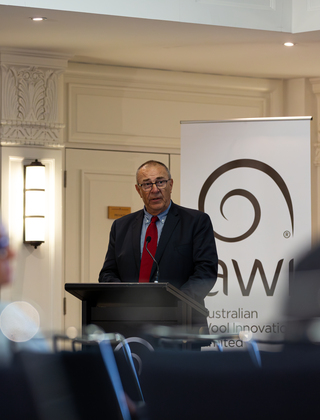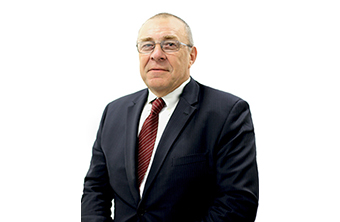Consultation
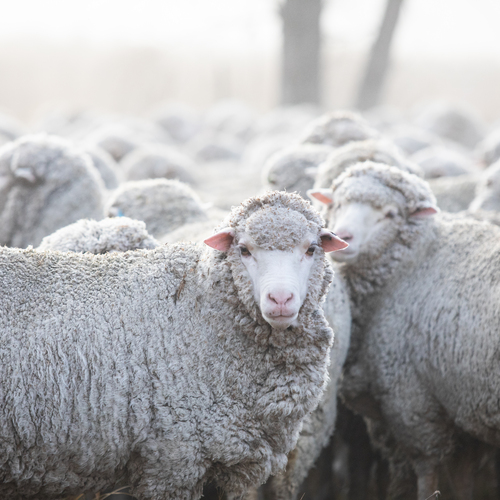
AWI believes to be effective, accountable and productive, good consultation is essential. We can do this best when we are well informed, when we have consulted and engaged with our levy payers and industry stakeholders and when we work together.
As a company owned by Australian woolgrowers, AWI's activities - including the Strategic and Annual Operating plans - are directly driven by the wool industry, reflecting consultation with woolgrowers, industry and other key stakeholders including government.
AWI Stakeholders
As the research, development and marketing organisation for the Australian wool industry, AWI works in partnership with a wise range of stakeholders along the supply chain - from woolgrowers to consumers.
- Woolgrowers
- Woolgrower representative groups (national and state)
- State Farming Organisations
- Government (federal, state and international)
- Domestic supply chain representative groups
- Research and development vendors
- Retailers and brands
- Fashion designers
- Manufacturers and supply-chain partners
- Animal welfare organisations
AWI believes that good consultation is essential and must be effective, accountable, and productive.
As the research, development and marketing organisation for the Australian wool industry, AWI works in partnership with a wide range of stakeholders along the supply chain - from woolgrowers to consumers.
The AWI Woolgrower Consultation and Communications Plan lays out our comprehensive planning and consultation cycle across our portfolios. The Consultation and Communications Plan ensures a two-way dialogue with stakeholders and enables AWI to work closely with partners in developing its activities. While AWI consults a range of stakeholders, engagement with woolgrowers is a key priority.
AWI engages stakeholders in a number of ways including:
- Regular meetings with woolgrower representative bodies and key processors
- Forums with woolgrowers in wool producing areas
- Trade and retail partner consultation forums
- Retailer and brand workshops and roadshows
- Woolmark licensee workshops and meetings
- Meetings with manufacturers and media partners in key markets
- Publications such as the quarterly Beyond the Bale magazine, AWI's online newsletter and the AWI website.
AWI’s consultation model, developed with industry endorsement, enables AWI to ascertain the key R&D and marketing priorities of woolgrowers and industry. It has two key forums through which AWI formally consults and engages with woolgrower representative groups.
AWI’s Woolgrower Industry Consultation Panel (WICP) has nine members from national woolgrower representative organisations, is led by an independent chair, and also includes representatives from the Department of Agriculture, Water and the Environment (DAWE) and AWI. The purpose of this forum is to ensure a clear two-way consultation between AWI and organisational representatives through to woolgrowers.
Click here for an overview of the WICP.
The second forum, the AWI Woolgrower Consultation Group (WCG) is a broader group comprising 28 representatives of state and regional production-based woolgrower groups, including the members of the WICP. The WCG meets twice a year to coincide with key dates in AWI’s planning cycle, enabling industry feedback to be considered in the company’s decision-making. However, in 2020 the WCG met more frequently (some online due to COVID-19 social distancing guidelines) as the WCG was the principal oversight body for delivering the 10-year strategic plan for woolgrowers – Wool 2030.
The Terms of Reference for the AWI Woolgrower Industry Consultation Panel (WICP) and the broader group of the AWI Woolgrower Consultation Group (WCG) can be found here.
WICP Members
- Independent Chair
- ASHEEP & BEEF
- Australian Association of Stud Merino Breeders
- Australian Superfine Wool Growers' Association
- Australian Wool Growers Association
- Broad wool representative
- Commercial Merino Ewe Competitions Association
- Pastoralists & Graziers Association (PGA) - Western Australia
- MerinoLink
- WoolProducers Australia
- Department of Agriculture, Fisheries and Forestry (DAFF) representative
- Two AWI Board representatives
WICP COMMUNIQUES
- WICP - February 2024
- WICP - November 2023
- WICP - July 2023
- WICP - May 2023
- WICP - February 2023
- WICP - October 2022
- WICP – August 2022
- WICP – May 2022
- WICP – March 2022
- WICP – October 2021
- WICP – August 2021
- WICP – May 2021
- WICP – March 2021
- WICP – November 2020
- WICP - August 2020
- WICP - May 2020
- WICP - March 2020
- WCG – November 2019
- WICP - September 2019
WCG Members:
- WICP Chair
- AgForce Queensland
- ASHEEP & BEEF
- Australian Association of Stud Merino Breeders
- Australian Dohne Breeders Society
- Australian Superfine Wool Growers' Association
- Birchip Cropping Group
- Broad Wool rep
- Commercial Merino Ewe Competitions Association
- Flinders Ranges Merino
- Liebe Group
- LivestockSA
- Mallee Sustainable Farming Group
- MerinoLink
- Monaro Farming Systems (MFS)
- NSW Farmers Association
- NSW Stud Merino Breeders' Association
- Pastoralists & Graziers Association of Western Australia
- Queensland Merino Stud Sheepbreeders Association
- SA Stud Merino Sheepbreeders Association
- Stud Merino Breeders Association of Tasmania
- Stud Merino Breeders' Association of WA
- SuperBorders
- Tasmanian Farmers & Graziers Association
- Victorian Farmers Federation
- Victorian Stud Merino Sheep Breeders Association
- Western Australian Farmers Federation
- WoolProducers Australia
- Department of Agriculture, Fisheries and Forestry (DAFF) representative
- Two AWI Board representatives
Woolgrowers wanting to provide feedback through the WICP or WCG are encouraged to contact their member organisation.
AWI established the Animal Welfare Forum in 2009 as a forum for engaging key animal welfare organisations and researchers on sheep welfare issues.
The Animal Welfare Forum includes key stakeholders in animal health and welfare: RSPCA Australia; the Australian Veterinary Association (AVA); researchers from CSIRO and Melbourne and Sydney Universities; Animals Australia; Four Paws Australia and WoolProducers Australia.
The Animal Welfare Forum meets annually and allows for robust and open dialogue between parties on issues of importance to sheep health and welfare
Woolgrowers vote at “WoolPoll” every three years on the amount of levy they will pay for the next three-year period for research, development and marketing activities, and the direction in which levies will be invested.
This is an independent poll and is conducted in accordance with Commonwealth Government regulations (Wool Services Privatisation (Wool Levy Poll) Regulations 2003).
Anyone who has paid at least $100 worth of wool levies over the past three years is eligible to vote.
Voting is done two ways either online or by mail and will take place from September to November 2024.
The levy rate that receives the most votes is recommended to the Federal Minister for Agriculture and reflected in relevant primary industries excise legislation.
The outcome of the poll also forms the basis of AWI's Strategic Plan, which outlines the key investment priorities and activities for the next three years. The plan is based on woolgrower and government priorities for expenditure, which AWI seeks through a robust consultation process during development of the plan.
The WoolPoll Panel Terms of Reference can be found here.
AWI has regular and informal discussions and meetings with government officials on a range of issues. AWI aims to work productively with Federal and state government stakeholders to ensure a sufficient understanding of the wool industry, AWI priorities, and outcomes of AWI’s investments, and to ensure statutory compliance.
AWI also meets with the DAWE on an annual basis to ensure AWI is compliant with the requirements of the Statutory Funding Agreement (SFA). A new ten-year SFA was agreed with the Commonwealth Government in October 2020.
AWI Business Cycle
AWI operates on a Trennial Business Cycle. The Trennial Business Cycle started on 1 July 2022 with the implemnetaion of the 2022 - 2025 Strateigc Plan. The following outlines the activities and processes which underpin AWI's operations throughout the Trennial Business Cycle.
The Strategic Plan outlines AWI's strategic direction and targets for the strategic period 2022 - 2025. AWI will report against these targets through its extensive reporting mechanisms including the AWI Woolgrower Industry Consultation Panel, the AWI Woolgrower Consultation Group, the Annual Report and Beyond the Bale.
In drafting the Strategic Plan, AWI consulted widely with woolgrowers and their representatives to ensure industry views and priorities were incorporated into the final plan. This included a Strategic Planning workshop on 2 December 2021 and on 8 May 2022 attended by woolgrower representative groups.
Prior to WoolPoll, an independent Review of Performance assesses AWI’s performance against the Strategic Plan, relevant Annual Operating Plans, compliance with the Statutory Funding Agreement and general overview of operations.
In October 2020 AWI and the Commonwealth agreed to a new ten-year funding agreement - the Statutory Funding Agreement - that governs AWI's expenditure and operations for the following ten-year period from 2020 to 2030.
On 1 January 2022 the Commonwealth introduced a package of documents as a step change in how RDCs demonstrate value to levy payers and the taxpayer, undertake meaningful transparent stakeholder engagement and to drive commercialisation.
- Guidelines for Statutory Funding Agreements for all Research and Development Corporations have been introduced. The Guidelines provide Key Performance Indicators (KPIs) for each of the five Performance Principles in AWI’s funding agreement.
- Best Practice Guide to Stakeholder Consultation provides guiding principles for all Research and Development Corporations and describes what good consultation looks like for AWI.
- The Knowledge Transfer and Commercialisation Guide for RDCs provides RDCs guidance on what to consider when planning research and development activities, commercialisation, utilisation of the growAg platform and other relevant information.
- In October 2021 the Commonwealth released the National Agricultural Innovation Policy Statement which establishes four long-term priorities for Australia’s agricultural innovation system to address by 2030.
Based on the three-year Strategic Plan, every year AWI develops an Annual Operating Plan which outlines the activities and investments to be made over the next year. AWI consults with industry to ensure their views are incorporated into the plan.
From time to time the Commonwealth may request AWI to commission an independent Review of Performance (no more often than once every three years) to assess its performance against the Performance Principles outlined in the Statutory Funding Agreement. The Performance Review usually precedes WoolPoll.
Woolgrowers vote at WoolPoll every three years on the amount of levy they will pay for the next three-year period for research, development and marketing activities, and the direction in which levies will be invested. Woolgrowers can consider the results of the independent Review of Performance when making their levy decision at WoolPoll.
Measuring Performance
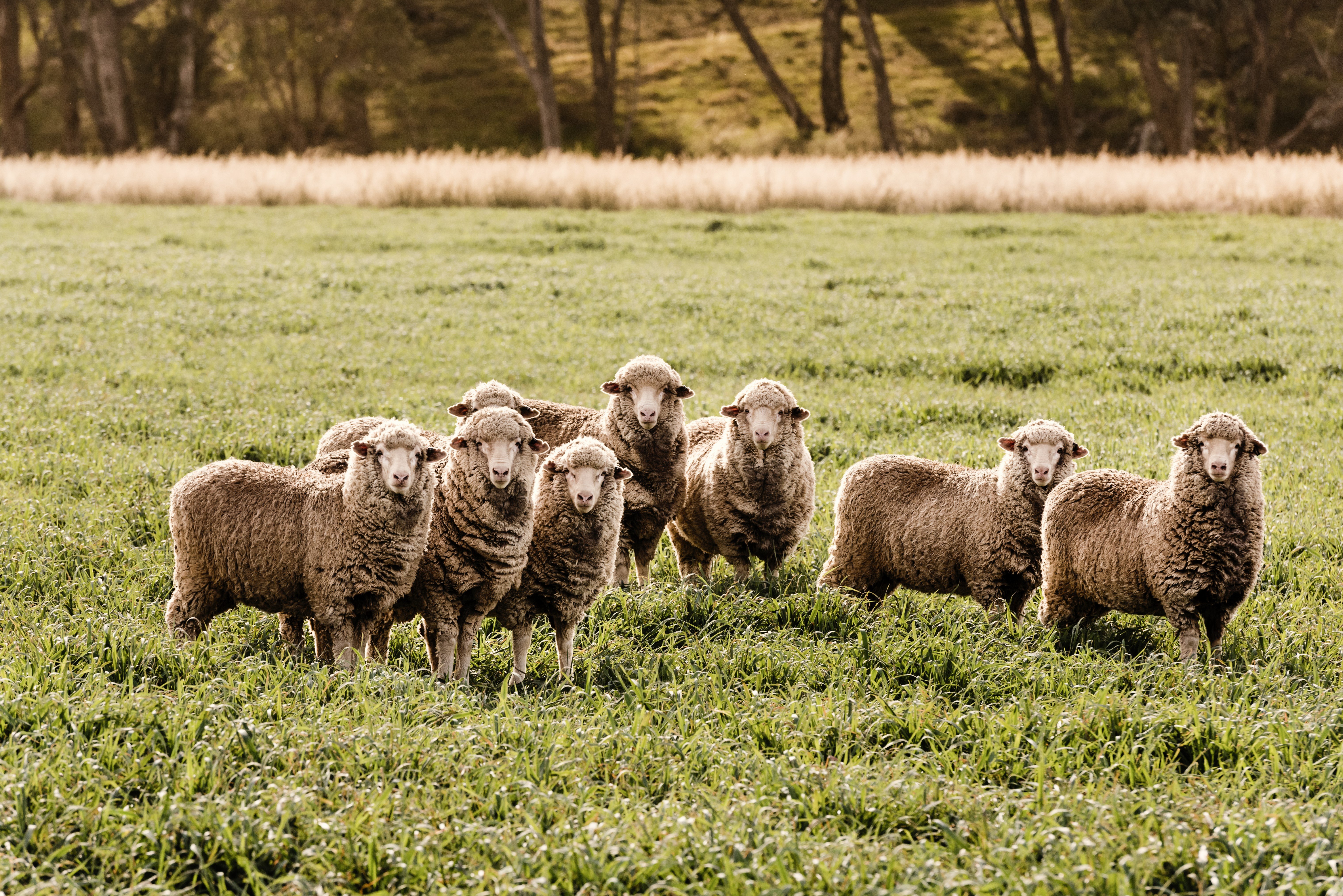
The Measurement & Evaluation (M&E) framework outlines Australian Wool Innovation’s (AWI) approach to ensure that AWI business activities contribute to the company’s purpose and consequently deliver value to Australian woolgrowers. This document provides a system of reviewing program targets that are set in the strategic and annual operating plan.
Providing quantifiable returns on industry and government investment enables organisational accountability, transparency, and engagement with woolgrowers. Recognising the diverse portfolio of activities AWI undertakes, monitoring and evaluation helps ensure obligations to woolgrowers.
How We Measure Performance
Monitoring and evaluation are separate practices dedicated to the assessment of AWI’s overall performance. Monitoring is a systematic process of gathering, measuring and analysing information regarding the progress made by implemented projects. Evaluation is time specific and it is performed to assess whether a project has reached its goals and achieved the expected outcome.
The overall performance of AWI is measured through the achievement 3-year strategic and Annual Operating plan targets. The measurement of those targets highlighted in the strategic and operating plans are performed at program level. It comprises measuring the actual performance outcomes or results against its intended goals.
Key Measurement and Evaluation Documents
The M&E unit has produced key documents that serve as essential building blocks towards measurement of performance. The three documents highlighted below are M&E framework and 2019/20 performance report.
M&E Framework
The Measurement & Evaluation (M&E) framework outlines Australian Wool Innovation's (AWI) approach to ensure that AWI business activities contribute to the compnay's purpose and consequently deliver value to Australian woolgrowers. This document provides a system of reviewing program targets that are set in the strategic and annual operating plan.
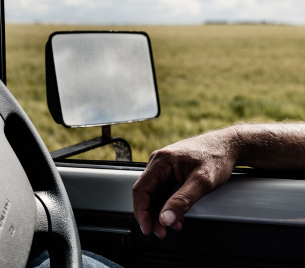
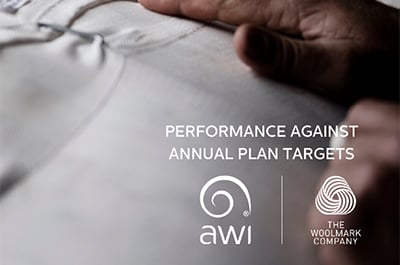
The reports portray tracked outcomes of the targets through a traffic light system highlighted below:
• Green - Achieved
• Amber – In-Progress
• Red – Not achieved
For a given financial year, most progress indicators against the targets for the first six-monthly PARs would be amber as most projects would still be ongoing.
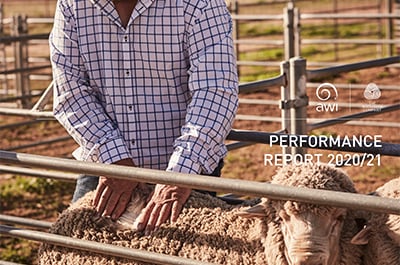
Impact Assessment
2023/24
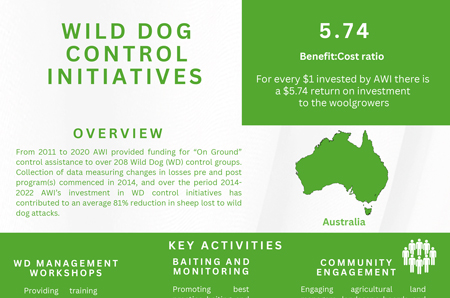
WD have a multifaceted impact on the Australian economy. From 2011 to 2019/20, AWI provided funding for “On Ground” control assistance to over 208 WD control groups. The long-term (2014-2022) average reduction in losses to predation due to AWI Community WD Control Initiative (CWDCI) and other “On-Ground” support, averaged 81%The impact assessment results estimated the program generated annual benefits of $3.3 million, with a benefit-cost ratio of 5.74.
Download the Wild Dog Control Initiatives Impact Assessment Summary
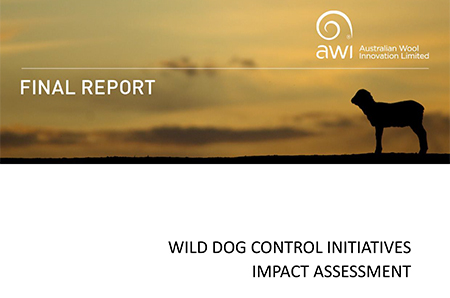
From 2011 to 2019/20, AWI provided funding for “On Ground” control assistance to over 208 WD control groups. Collection of data measuring changes in losses pre and post program(s) commenced in 2014. The long-term (2014-2022) average reduction in losses to predation due to AWI Community WD Control Initiative (CWDCI) and other “On-Ground” support, averaged 81%
2022/23
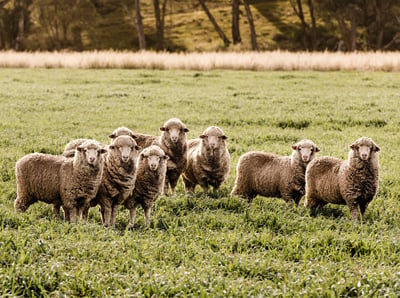
The Impact Assessment concluded that for the three-year period it is estimated AWI achieved an overall BCR of 2.8 for every dollar invested (3.7 on levy payer contributions) on Research, Development and Marketing programs.

The project is estimated to have delivered net benefits of $17,292 and a benefit cost ratio of 2.27 which means that for every $1 invested by AWI, there was a $2.27 return on investment.
Click Here to view the one-page summary of the assessment.
If you wish to view the full report, please follow this link.
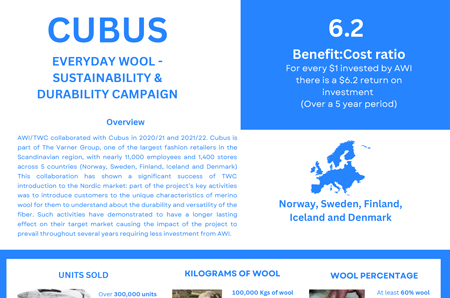
This document provides a summary of the impact assessment report prepared for the Cubus -Everyday wool 2022 project. It is estimated that the project generated a benefit cost ratio of 6.2.
Click Here to view the one-page summary of the assessment.
If you wish to view the full report, please follow this link.
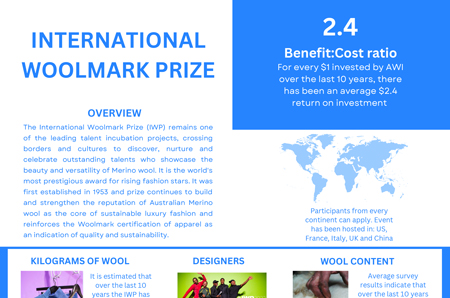
This document provides a summary of the impact assessment report prepared for the IWP project. It is estimated that over the last 10 years the IWP has generated a benefit-cost ratio of 2.41.
Click Here to view the one-page summary of the assessment.
If you wish to view the full report, please follow this link.
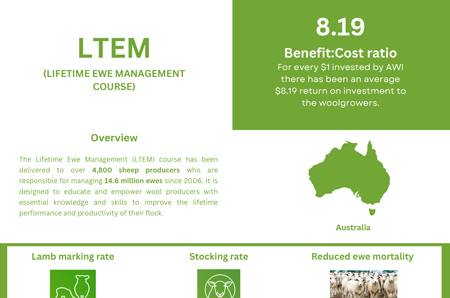
This document provides a summary of the impact assessment report prepared for the LTEM course. It was estimated that over the last 10 years, for every $1 invested by AWI there has been an average $8.19 return on investment.
Click Here to view the one-page summary of the assessment.
If you wish to view the full report, please follow this link.
2020/21
